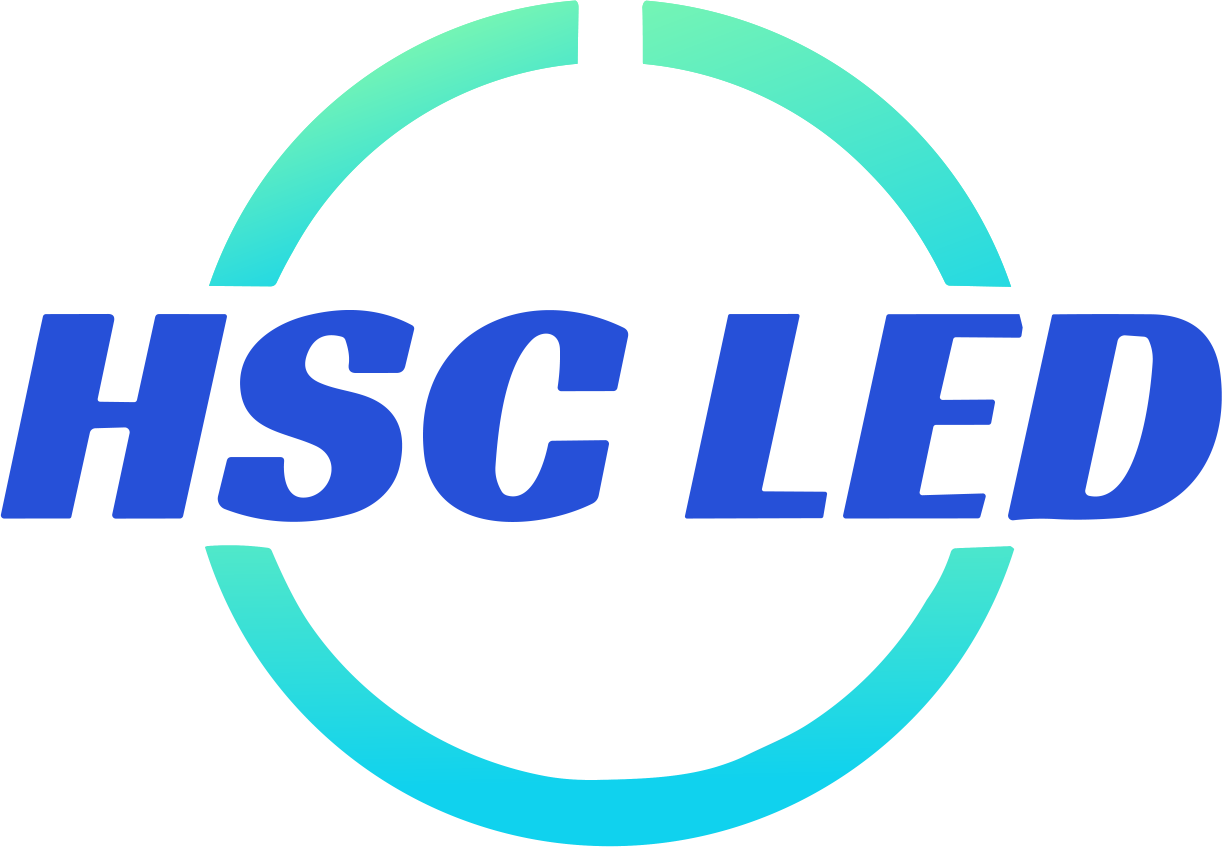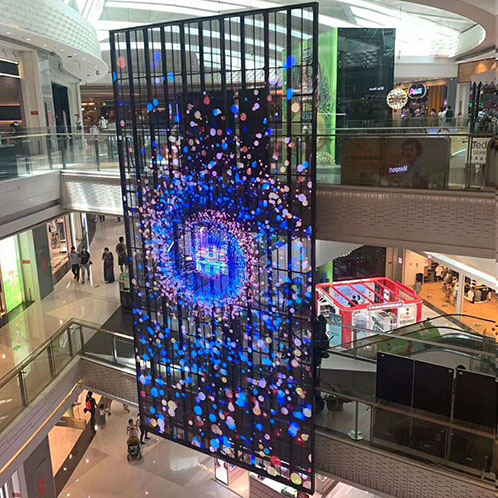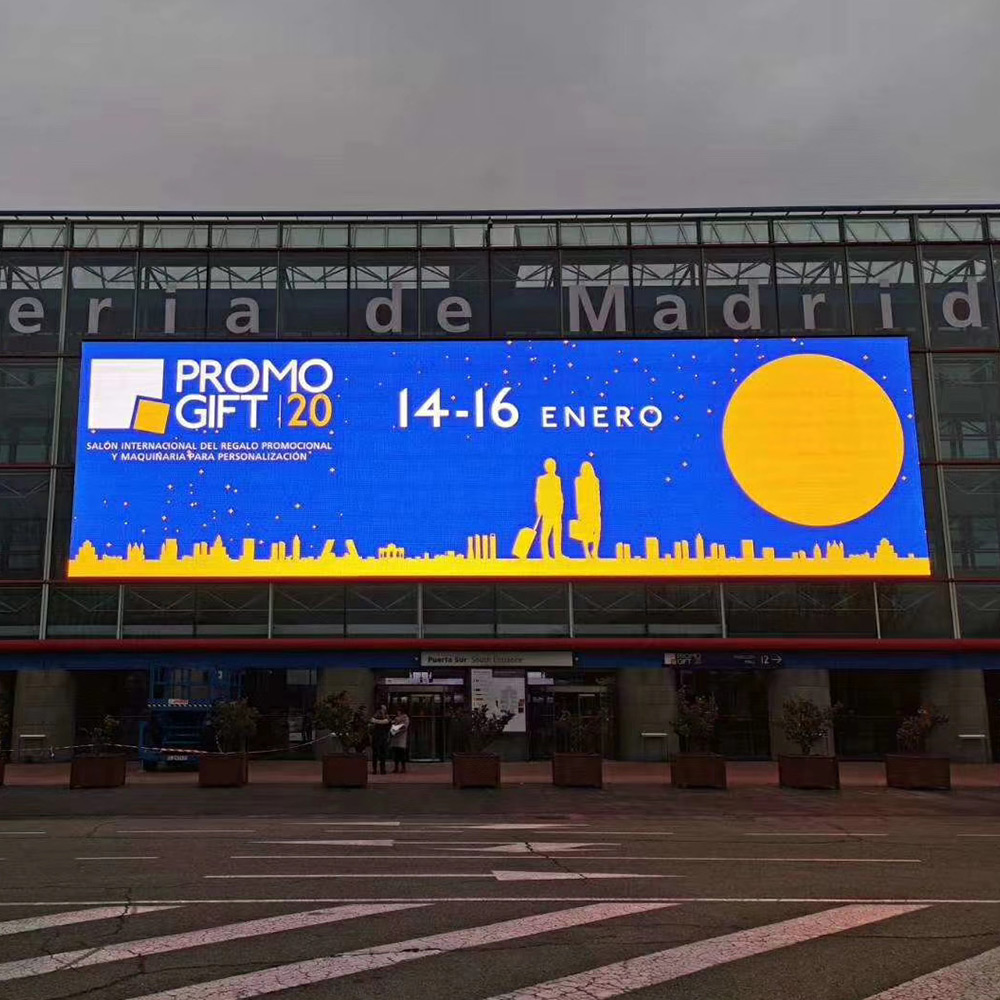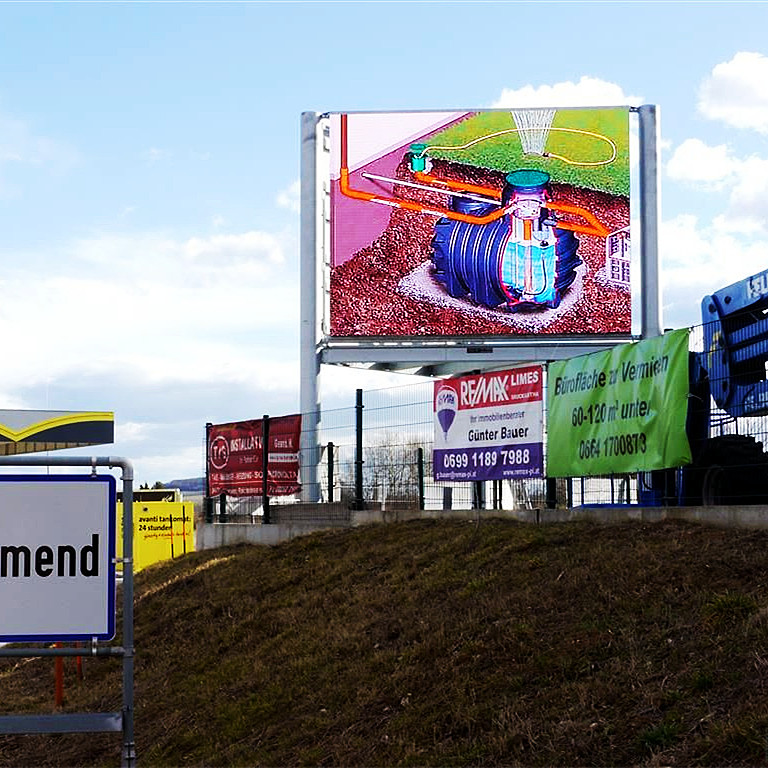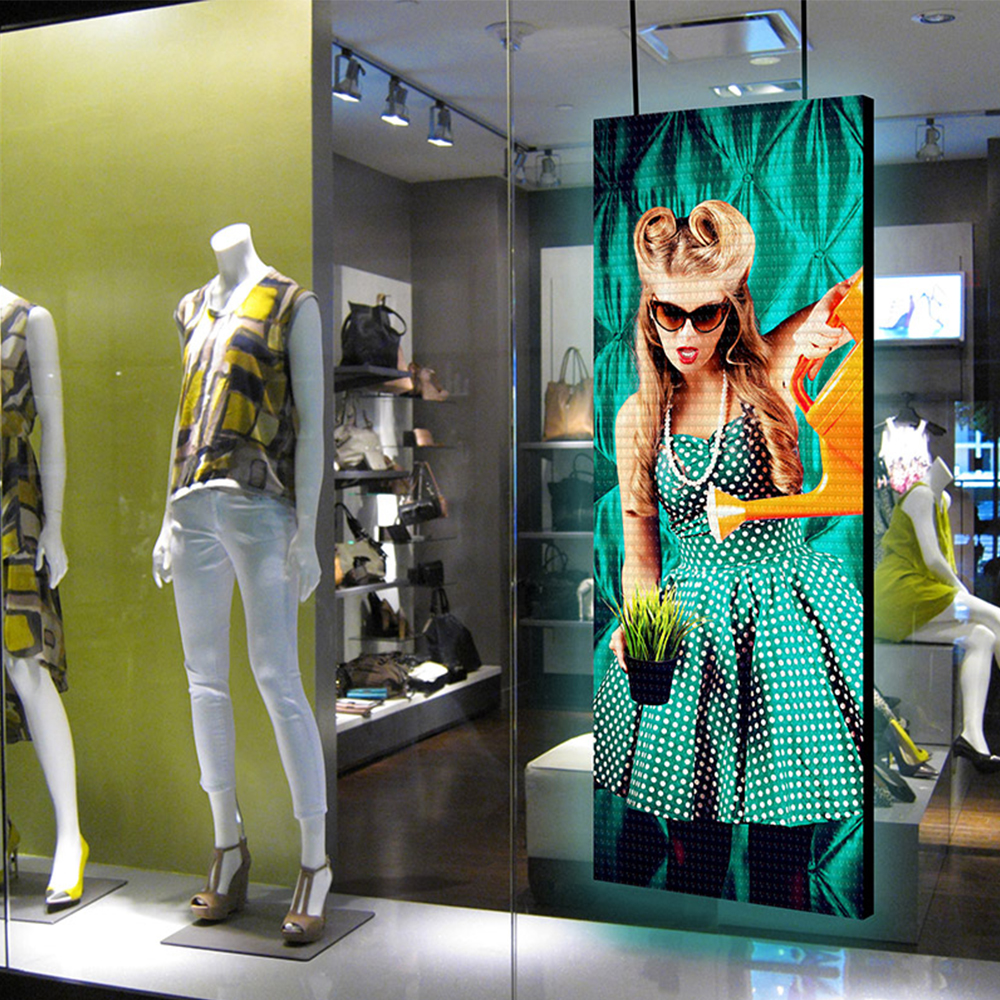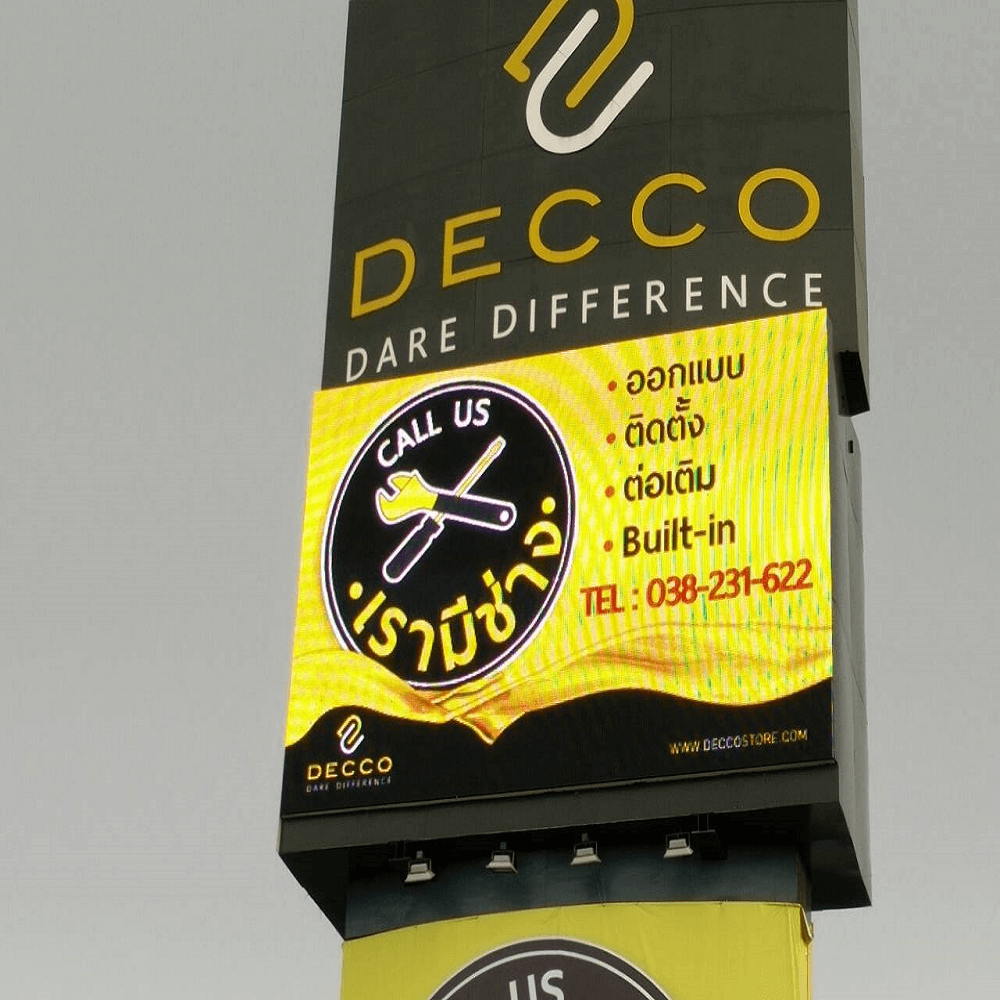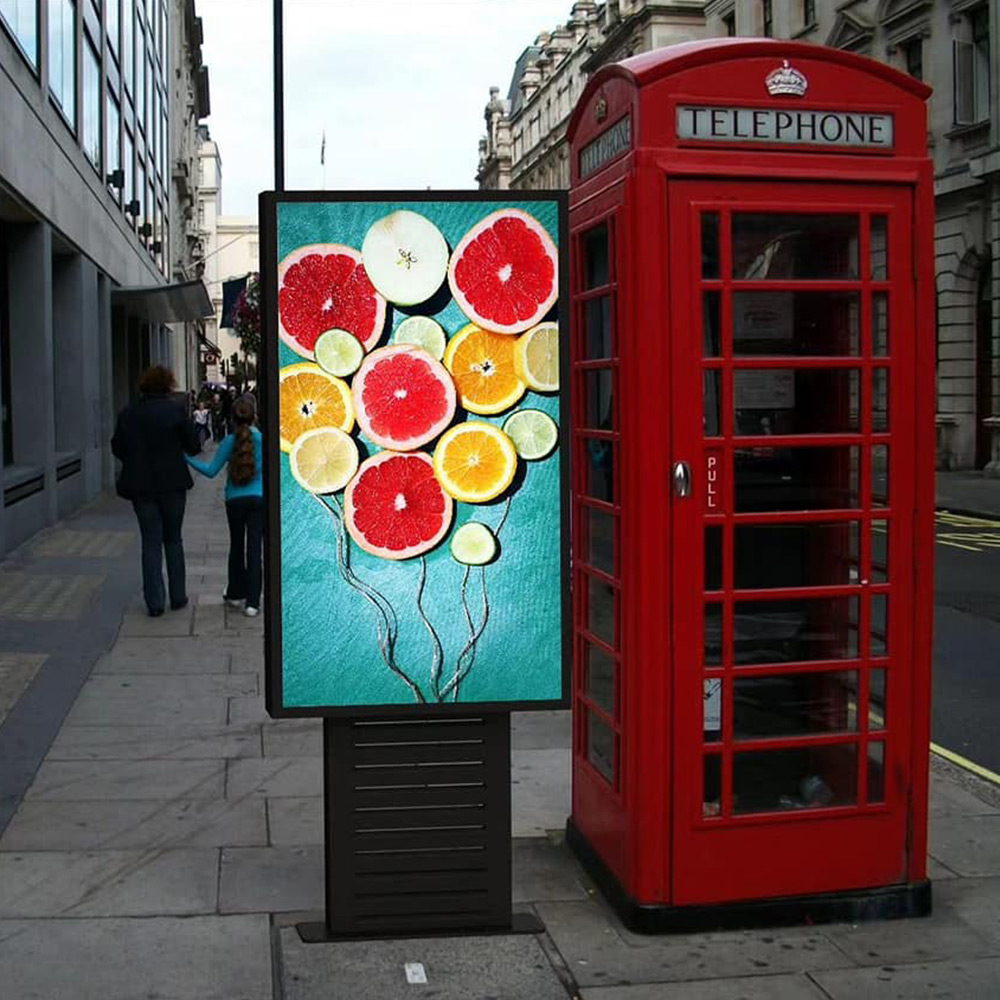News
Site Editor
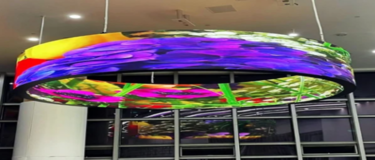 Site
https://hscled.cn08.wondercdn.com/uploads/image/68931a3c33409.png
This article will guide you through creating a custom LED display, from initial concept to final implementation.
Site
https://hscled.cn08.wondercdn.com/uploads/image/68931a3c33409.png
This article will guide you through creating a custom LED display, from initial concept to final implementation.
Design Your Glow: A Step-by-Step Guide to Customizing LED Displays
Views: 2673
Author: Site Editor
Publish Time: 2023-11-22
Origin: Site
Introduction
The evolution of LED displays has revolutionized the way we interact with digital media, transforming simple messages into mesmerizing visual experiences. Tailored LED solutions, or custom LED displays, are at the forefront of this innovation, offering a personalized touch to this dynamic technology. This article will guide you through creating a custom LED display, from initial concept to final implementation.
Understanding the Basics of LED Technology
The magic behind the glow of LED displays lies in the tiny semiconductors that emit light when electrified. Understanding these components is crucial in customizing your display. This section will delve into the LED's capabilities, allowing you to tailor the size, shape, and color to your project's specific demands.
Defining the Purpose and Scope of Your Custom LED Display
A successful LED display begins with a clear objective. Whether for advertising, informational, or entertainment purposes, defining your display's goal is the first step in customization. This section will explore how to set the parameters for your display, including location, audience engagement, and content strategies.
Design Considerations for Custom LED Displays
When delving into the design considerations for custom LED displays, several key factors must be meticulously evaluated to ensure that the final product not only meets the aesthetic requirements but also aligns with technical and functional expectations. Here’s a succinct exploration of these considerations:
1. Purpose and Context: The intended use of the LED display greatly influences its design. An advertising billboard requires high brightness and visibility, while a museum installation might focus on color accuracy and detail. The display's environment—indoor, outdoor, the ambient light levels, and the typical viewing distance—also dictate design choices.
2. Type of LED Display: Depending on the application, you may choose from various types of LEDs, such as SMD (Surface Mounted Device) or COB (Chip On Board). Each type has its own set of characteristics in terms of brightness, viewing angles, and durability. Innovative options like flexible or transparent LED panels may be considered for creative projects.
3. Resolution and Pixel Pitch: Pixel pitch, the distance between the centers of two adjacent pixels, determines the resolution of the display. A smaller pixel pitch allows for a higher resolution, which is essential for displays viewed at closer distances. The content type also impacts this decision—detailed imagery requires a finer pixel pitch for clarity.
4. Size and Shape: Custom LED displays offer the flexibility to go beyond standard rectangular formats. Curved, circular, or irregular shapes can be designed to fit specific architectural features or creative visions. The size and shape will also influence the structural support and installation methods needed.
5. Aesthetics versus Functionality: While the visual appeal is paramount, it should not overshadow functionality. The design must consider the ease of maintenance, heat dissipation, accessibility for repairs, and the integration of necessary hardware without compromising on the overall aesthetic.
6. Durability and Material Selection: Material selection is crucial, particularly for outdoor displays, which need to withstand various weather conditions. The choice of materials can affect the display's brightness, heat management, and longevity.
7. Software Compatibility: The design should factor in the compatibility with content management systems and software that will drive the display. This includes considering the ease of content updates, remote management capabilities, and interactivity features if required.
8. Compliance and Standards: Adherence to industry standards and local regulations, such as energy consumption limits, safety codes, and electromagnetic compatibility, is essential to avoid legal and operational hurdles.
9. Budget Constraints: The design process must align with the financial boundaries of the project. Higher resolutions, unique shapes, and advanced features all contribute to the cost, so it is crucial to balance the desired features with the available budget.
These design considerations form the blueprint for a custom LED display project. Each decision impacts the next, and therefore, a holistic approach is necessary—one that considers all aspects of the display’s lifecycle, from the initial concept and fabrication to the installation and day-to-day operation.
The Manufacturing Process of Custom LED Displays
Turning your custom design into a physical product is a complex process that involves coordination with LED Displays manufacturers and attention to detail. We will navigate the production stages, from prototyping to assembly, and discuss the importance of quality assurance.
Conclusion
As LED technology continues to advance, so too does the potential for innovative custom displays. By following this guide, you can embark on your own project with confidence, ready to illuminate the world with your custom-designed LED display.
